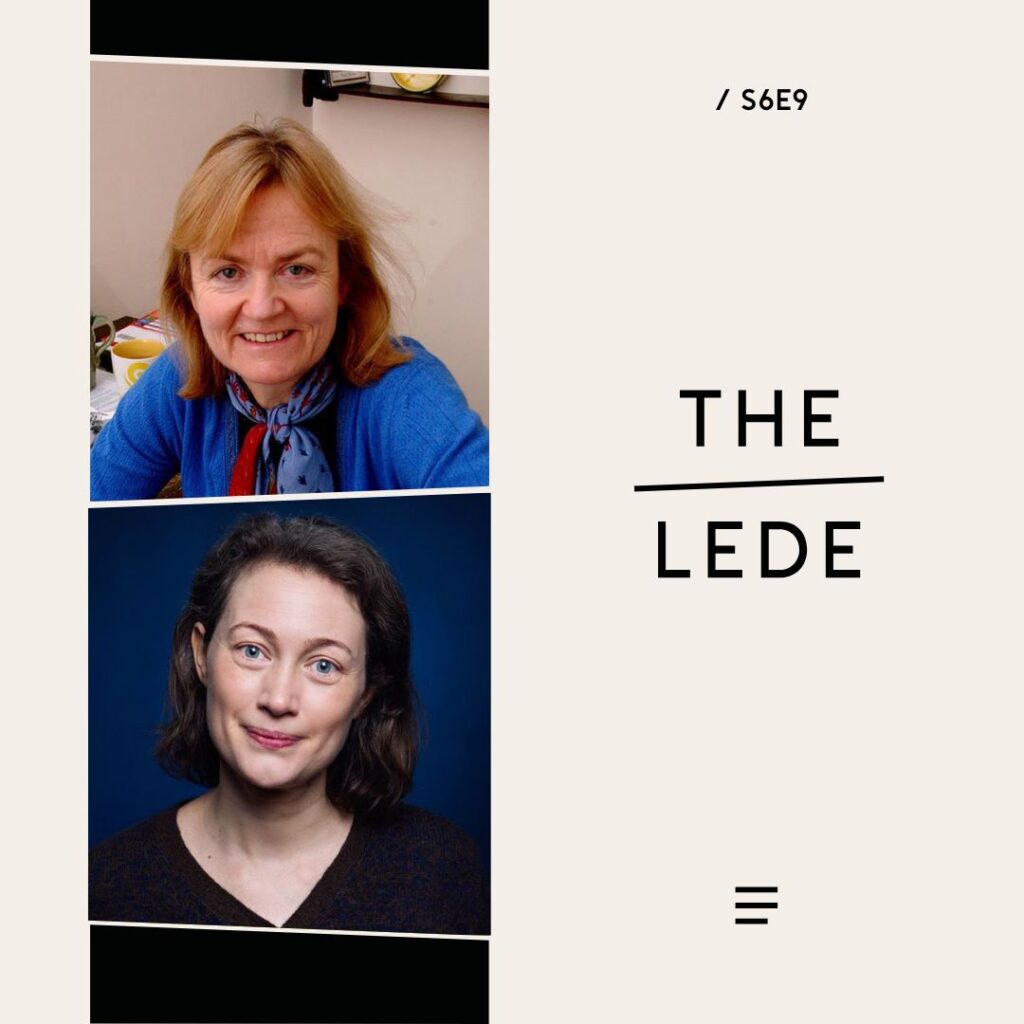Hosted by Lydia Wilson
Featuring Diana Darke
Produced by Finbar Anderson
Listen to and follow The Lede
Apple Podcasts | Spotify | Podbean
The seeds of the idea that would become Diana Darke’s new book, “Islamesque,” were sown while visiting European cathedrals as a child. “We spent our childhood in Europe, visiting my grandparents and making little excursions from there, going round cathedrals.” Subsequently, Darke spent much of her life in the Middle East, studying the art and architecture, and couldn’t help but notice a tie between that world and the cathedrals she had seen as a child. “I was exposed to the world beyond Europe, and I could always see the links. I was rather surprised that other people didn’t seem to see them in ways that were really very clear to me.”
The book, “Islamesque: The Forgotten Craftsmen Who Built Europe’s Medieval Monuments” focuses on Europe’s Romanesque style, common throughout medieval Europe from the 10th to the 13th century. Darke notes that while the idea for the book had its origins in her childhood, the inspiration that drove her to put pen to paper came while watching a television documentary featuring New Lines’ Lydia Wilson. “The first episode showed you traipsing up a mountain to the [Egyptian] site of Serabit al-Khadim,” she tells Wilson, the host of this week’s episode of The Lede. “You explained how the very earliest script was developed by migrant workers, and it showed the first use of the zigzag in a phonetic form.”
“Once your eye is attuned to it, you see the two-tone stonework, the shapes of the arches, the double windows … it really is a case of just training your eye to see the details.”

That zigzag pattern was a decorative motif in the courtyard of Darke’s house in Damascus, and helped her establish a connection between the Islamic world and Romanesque monuments such as Lincoln Cathedral in the United Kingdom.
Since then, Darke says, identifying such connections has become second nature. “Yesterday I was coming out of St. Pancras station and I thought to myself, it’s just Romanesque. Once your eye is attuned to it, you see the two-tone stonework, the shapes of the arches, the double windows. Once you break it down into the parts, it really is a case of just training your eye to see the details.”
This is not Darke’s first attempt to redress what she considers a lack of attention to the influence of Islamic culture on Western architecture. Her previous book, “Stealing from the Saracens,” dealt with how craftsmen from the Islamic world were key to the development of the Gothic style. “You have to acknowledge that all of these styles that we call Gothic … there’s absolutely no doubt that all these elements found their way to Europe through the Islamic world,” she says.
Darke notes a point of contention with the new “Silk Roads” exhibition at the British Museum. “There’s a slight sort of subtext there that all the Arabs ever did was copy and imitate without giving them any credit for the fact that, yes, of course, they built on what came before, just like everybody else did. Yes, they adopted Byzantine and Sasanian art and architecture. But then they developed it further into something unique, they synthesized it into something new that is recognizably different.”
Further reading | A New Theory: European Cathedrals Show Traces of Ancient Egypt


